The Return of 3D Interfaces | 매거진에 참여하세요
The Return of 3D Interfaces
#design #trend #3d #reason #purpose #interface
Redefining the UI Paradigm
For years, flat design dominated the digital interface world.
Shadows were stripped away, gradients removed, and UIs became clean, minimal, and functional. But lately, something curious has been happening: 3D is making a comeback.
Not just as a visual gimmick—but as a fundamental shift in how we design for new environments.
Why now? Why 3D again?
The resurgence of 3D interfaces isn’t a coincidence. It’s the result of converging forces:
- The rise of spatial computing with devices like Apple Vision Pro and Meta Quest 3
- Widespread adoption of real-time WebGL-based web design
- Tools like Spline and Three.js lowering the barrier to creating interactive 3D UIs
AI’s ability to generate 3D content faster than ever before
What we’re witnessing is a shift from “interfaces you look at” to “interfaces you live in”.
Why 3D Interfaces Are Rising (Again)
1. The Spatial Device Boom
With Apple Vision Pro, Meta Quest, and other spatial computing platforms going mainstream, the way we design UIs is fundamentally changing.
No longer are interfaces confined to flat screens—they exist in space, on top of reality. In this new world, depth is no longer optional.
2. Immersive Web Experiences
Brand campaigns, product showcases, onboarding pages—these aren't just about displaying information anymore.
They're about impact, emotion, interaction. And what better way to immerse a user than with an interface they can rotate, zoom, or walk around?
3. Accessibility of 3D Creation Tools
Creating 3D interfaces used to require deep knowledge of modeling software and game engines.
Now? Tools like these are changing the game:
Build interactive 3D UIs in real-time, no code required. Integrates with Figma.
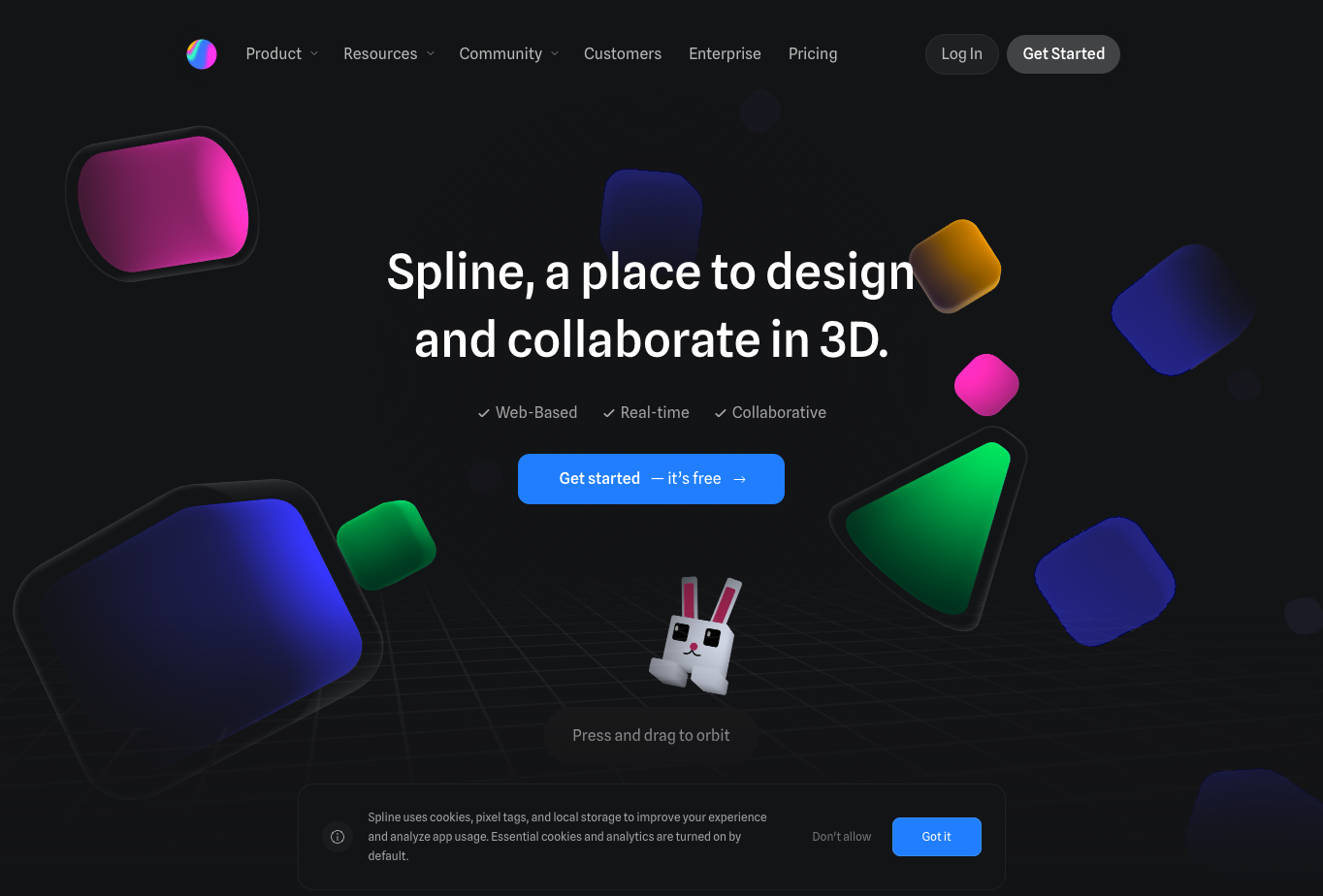
JavaScript powerhouse for developers building customized 3D experiences on the web.
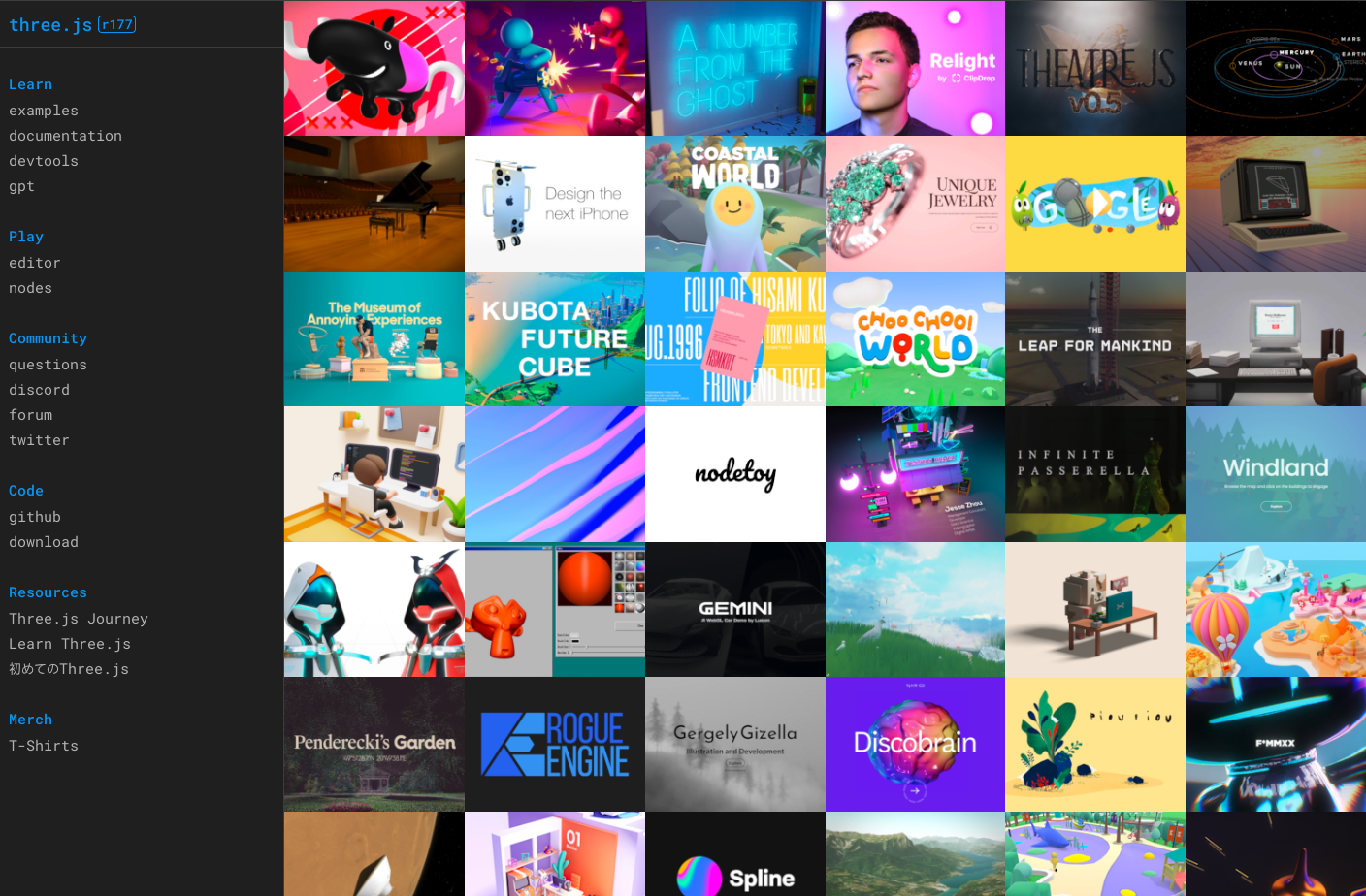
Zdog:
Lightweight and fun—ideal for vector-style 3D animations without heavy rendering.
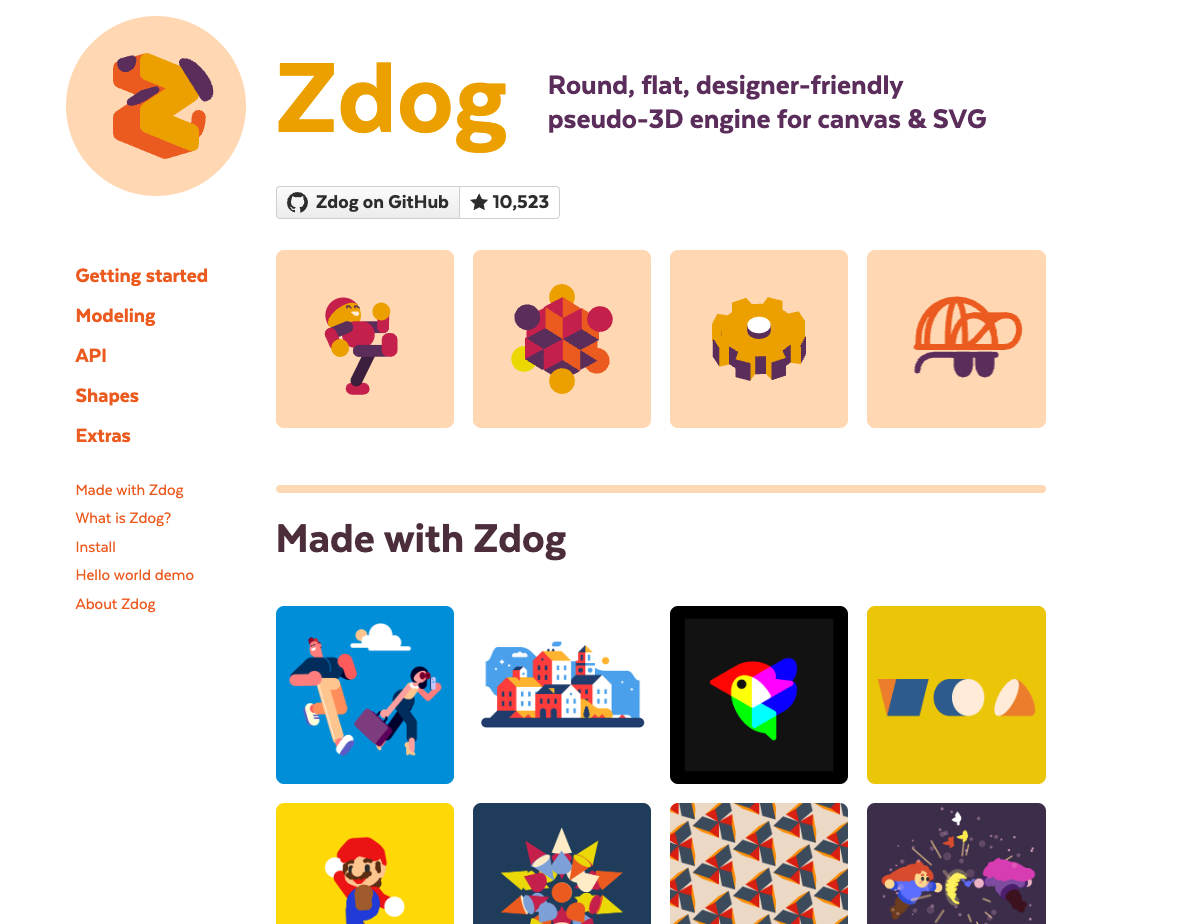
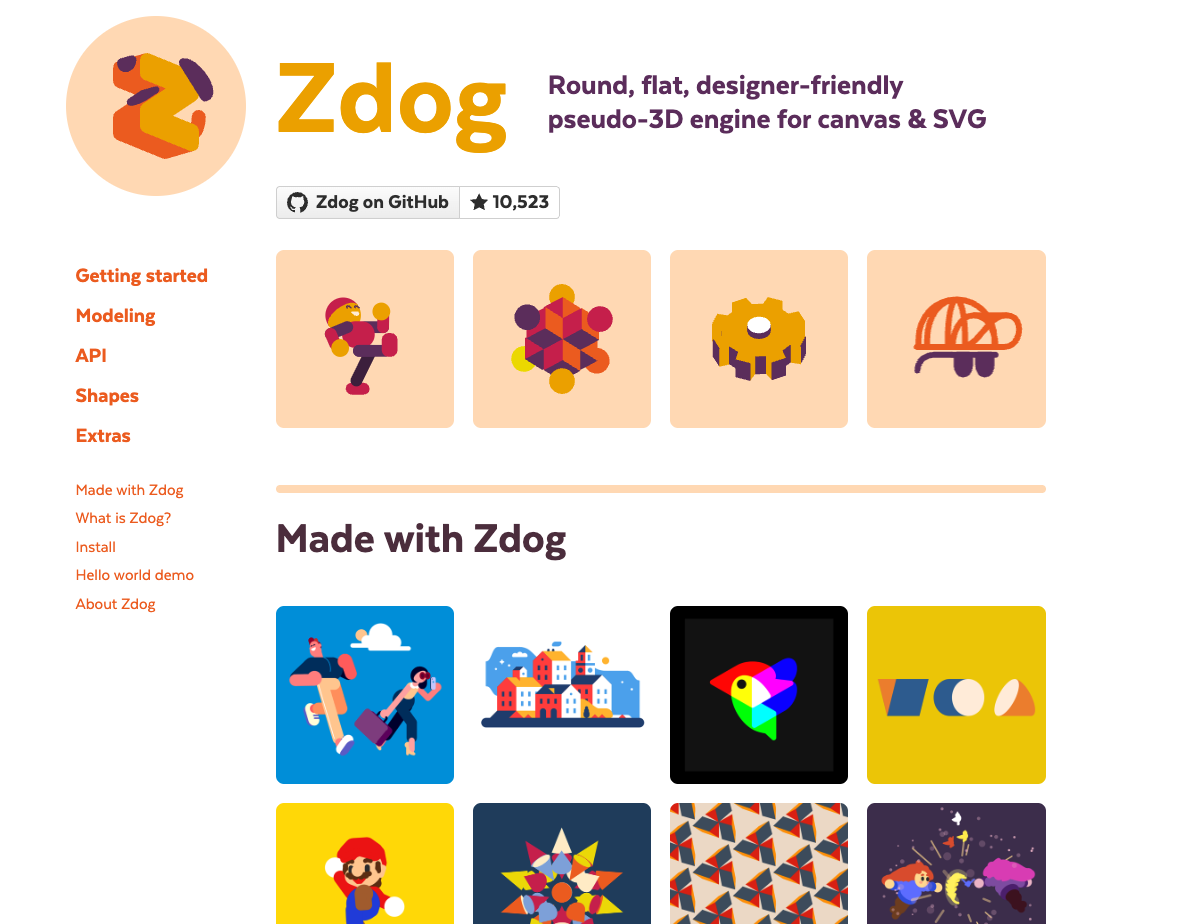
These tools make 3D approachable, even for traditional UI/UX designers.
Where 3D UI Is Already Making an Impact
Use Case | Example |
|---|---|
Product Pages | Apple Vision Pro and Nothing Phone: 3D camera views, scroll-triggered motion |
Brand Campaigns | Nike’s 3D site: Interactive product spin and hover reactions |
Onboarding UX | Airline seat selection with spatial 3D seat maps |
Portfolio Sites | Designers placing their work inside 3D scenes to create memorable first impressions |
But Not Every UI Needs to Be 3D
Like any design choice, 3D can become overkill if misapplied. Watch out for these pitfalls:
- Text-heavy layouts: 3D can distract rather than enhance comprehension.
- Low-performance devices: Real-time rendering may cause lag or crashes.
- Accessibility-critical apps: 3D UIs may conflict with screen readers or keyboard navigation.
- The golden rule: Don’t ask “Can we make it 3D?”—ask “Why does it need to be?”
Designing for Depth: A New UX Mental Model
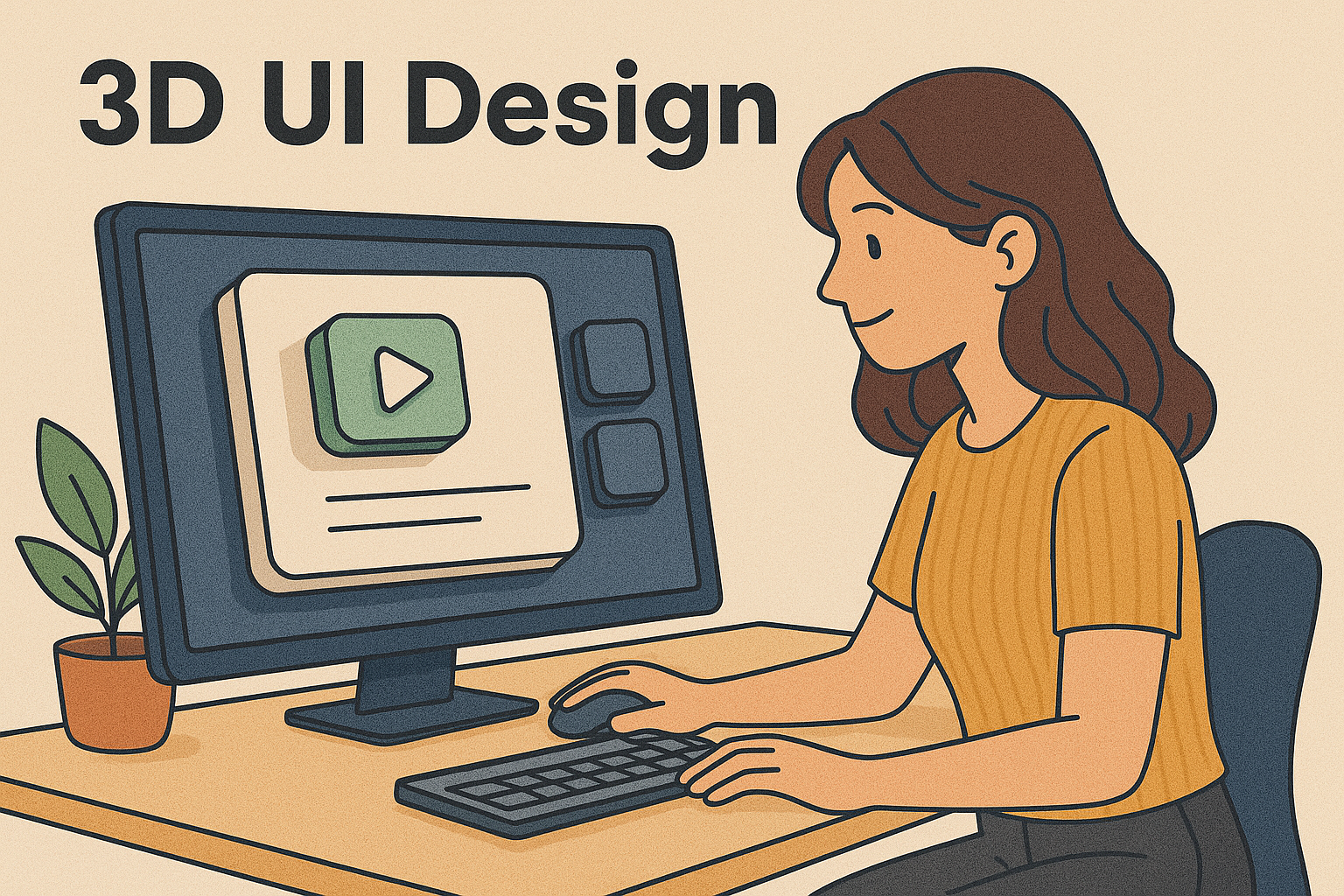
Flat UIs were all about X and Y coordinates.
3D UIs introduce the Z-axis, point of view, and motion over time.
Key elements of 3D UI thinking:
- Depth-first hierarchy — Not just layering, but managing space
- POV-driven interaction flows — What the user sees and when
- Motion choreography — Real-time feedback, gesture-based transitions
- 360° state awareness — Zoom, rotate, scale-friendly UX
Traditional wireframes are giving way to spatial interaction maps.
It's no longer about what’s on the screen—it’s about what’s around you.
The Rise of the “3D Interface Designer”
3D UI isn’t just a trend—it’s a job opportunity.
Designers who understand physical products, gaming environments, or immersive media will find themselves in demand:
- Product designers can bring the texture and shape of real-world objects into digital form.
- Game UI experts can transition seamlessly into XR or immersive web experiences.
- UX designers can rethink interface logic for dynamic points of view.
3D literacy isn’t just a nice-to-have—it’s a competitive edge.
Final Thought: The UI is No Longer Flat
We’re at a turning point in interface history. The screen is dissolving.
Interfaces are expanding into space, responding to gaze, gesture, and depth.
Designers are no longer just laying out rectangles on screens.
They're building environments—spaces people enter, explore, and feel.
If that sounds exciting, you’re not alone.
✨ Fire up Spline, and start experimenting.
The next great interface might not fit on a screen at all.
3D UI Inspiration & Tools curated by bunzee.ai






